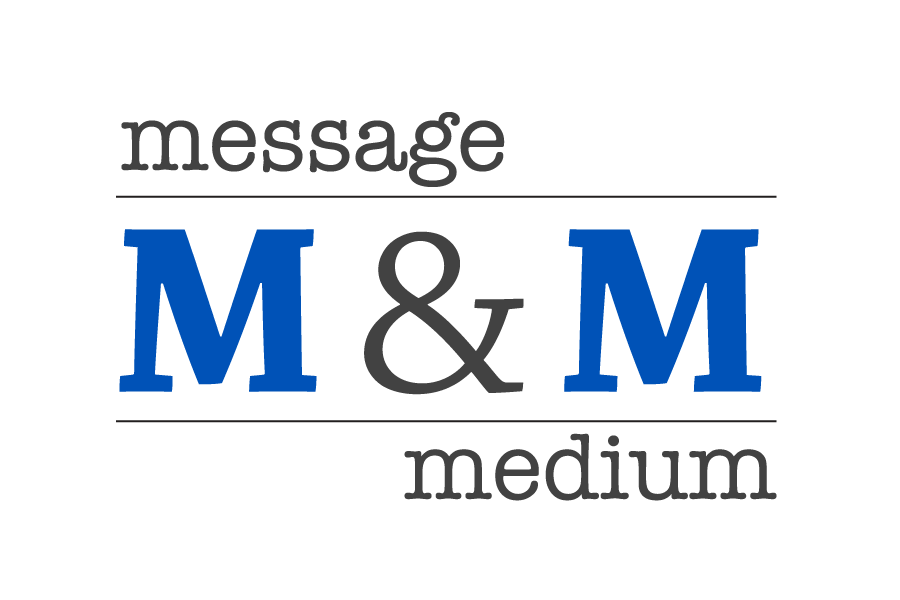Iconic images though they may be, Nike’s “swoosh” and Apple’s “iEverything” are not the sum total of their respective brands. They are the expression of particular qualities and attributes, the combined power of which make up a brand. The authentic brand of any company is comprised of many factors from product strategy and customer service to Web copy tone and product packaging…and almost everything in between that can create an emotional connection with a customer or prospect. In an era when companies routinely pivot -- or fail fast – is branding still viable? The answer in this session is “yes” and several of the digital marketing tools currently available make brand evolution less painful, more data-driven and more cost-efficient. Some highlights from this unConference session, moderate by Meghan Gardner of Leap, included:
- Customers today expect similar things from their interactions with B2B companies as they do with B2C brands. Today, even deep technology companies must have the kind of engagement and open approach to communications that most consumer brands have mastered.
- The discipline need to define differentiated messaging still revolves around the central questions:
- Who are we?
- What do we do?
- Why do we do it better than anyone else?
- Why should anyone else care?
- Every company has a community with which it can test messaging and positioning. Digital tools – surveys, LinkedIn company pages, email marketing, online forums, social media platforms, mobile – allow companies to quickly vet messaging and gather quantitative data on message effectiveness.
- Brand is two-way conversation. If your company must pivot, having established a genuine rapport with your audience in advance is the best way to ease that transition.
- Similarly, if a company has not bothered to engage its audience then it will wind up “branding in a vacuum” which is ineffective and expensive.
